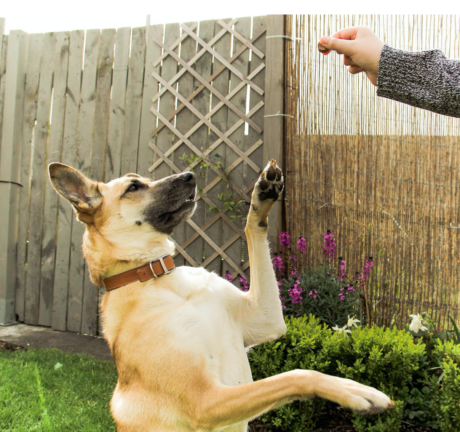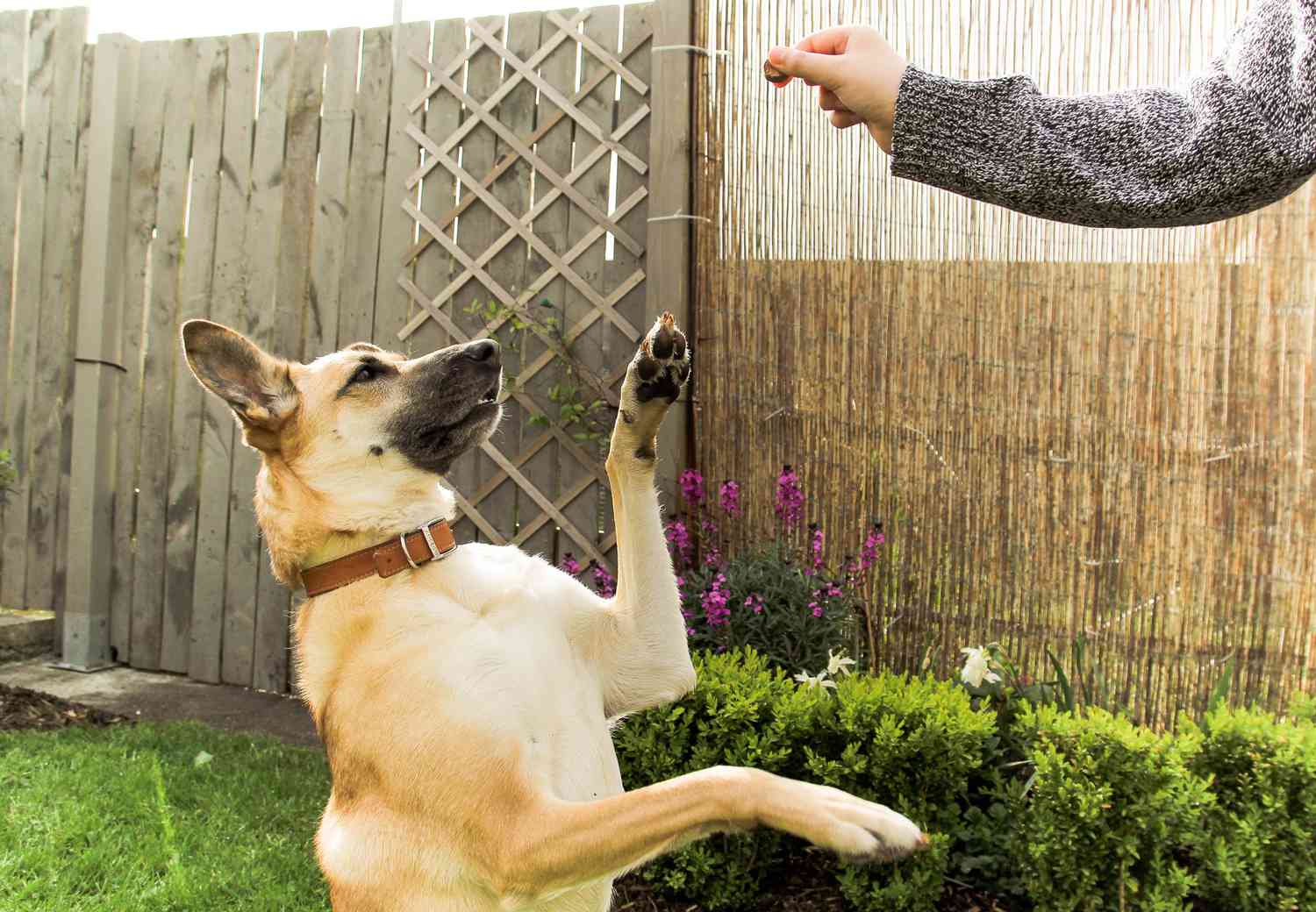
Plus, tips on how to teach them, according to professional trainers.
It’s important to you that your pets lead healthier, happier lives. Whether you want veterinary advice, behavioral insight, or the best-in-market pet essentials that make every day more joyful, for both you and your cat or dog, The Well-Balanced Pet offers practical tips you can use.
If you thought you couldn’t teach an old dog new tricks, then you’d be mistaken. “It is often just as easy to teach an older dog new commands as it is to teach a puppy,” explains dog trainer and canine behavior consultant Amanda Gagnon. “Training helps to keep a dog safe from danger, and allows the dog to experience more fun and freedom in social situations.”

Along with teaching your dog how to understand and obey helpful commands, training your dog can also help foster a stronger bond between you and your four-legged family members. “By far the most important thing to understand when training a dog is that you should focus on the things your dog does right and reward him for it,” Gagnon explains. “If you do nothing else, you will see your dog’s behavior improve.” She says rewards include everything from food and treats to praise, toys, play, and freedom. “If you can present each of those things in response to behaviors you like, you will have a dog who behaves well.”
Curious what commands that professional dog trainers say you should practice? We asked Gagnon and Shelby Semel, senior trainer and founder of Shelby Semel Dog Training for their thoughts, and here’s what they had to share.
“Come”
For safety purposes, Semel says it’s crucial that your dog learns the “come” cue so they will come to you when called. “The biggest mistake people make is only asking for a dog to ‘come’ when it’s time to leash up and leave the park or take them inside,” she says. “Coming to you should be rewarding and exciting rather than the end to something fun.”
“Sit”
Make no mistake about it: Gagnon says every dog should know how to sit when instructed, no matter what is going on around them. “Dogs can be cued to sit whenever they are offering behaviors that we find unpleasant, such as jumping on people,” she explains. “A dog that can sit when asked is less likely to cause a commotion in public settings and at social gatherings.”
“Drop”
“Drop” is a command that Gagnon believes every owner should teach their dog because it instructs them to release something from their mouth when necessary. “Dogs need to learn this cue so they can learn impulse control and sharing,” she explains. “Learning those two skills helps a dog to remain safe and goes a long way toward preventing certain types of aggression.”
“Leave It”
According to Semel, training a dog to “leave it” is vital because it will teach them to leave certain items—think food and random objects on the street—alone when you’re out and about. “This is a proactive cue,” she explains. “It isn’t always about food—it can be a person, or a sound, or another dog that you want them to take their focus off of and return back to you.”
“Place”
If your dog hasn’t already learned the place (or go-to-bed) command, Semel says now’s the time to teach them. “The goal is for them to go to their ‘place’ or crate and lay down calmly,” she explains. “This cue is great for needy dogs who need to learn how to not invade personal space, and is also excellent for table beggars, multiple dog households, dogs who alert bark, homes with a baby on the way, and separation anxiety.”
Author: Caroline Biggs


